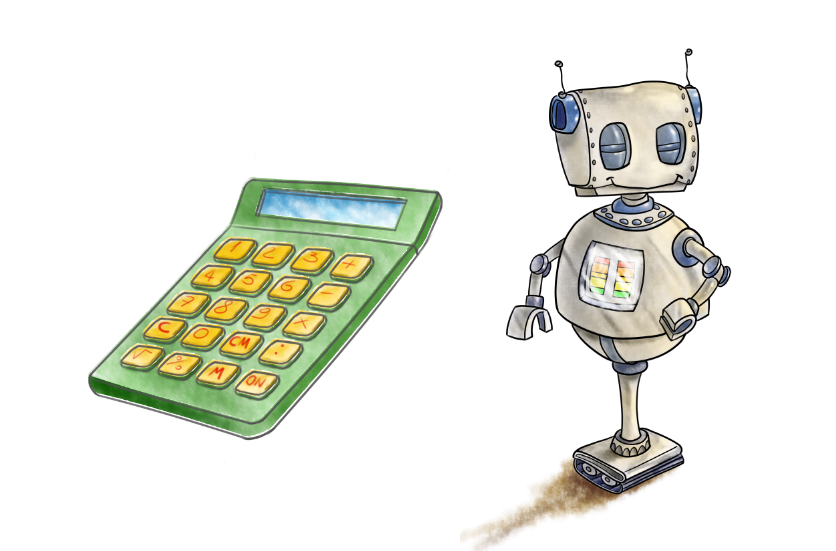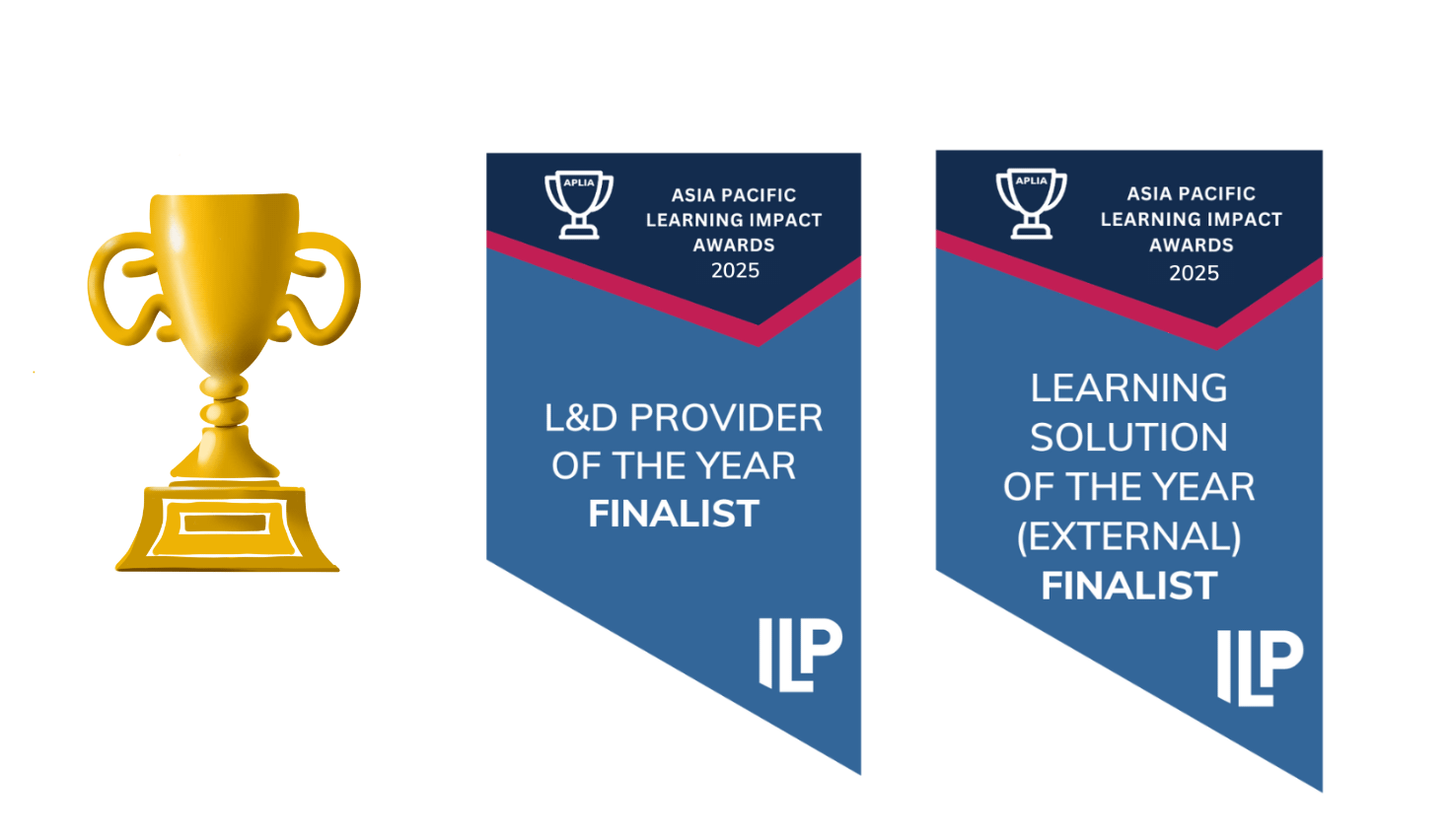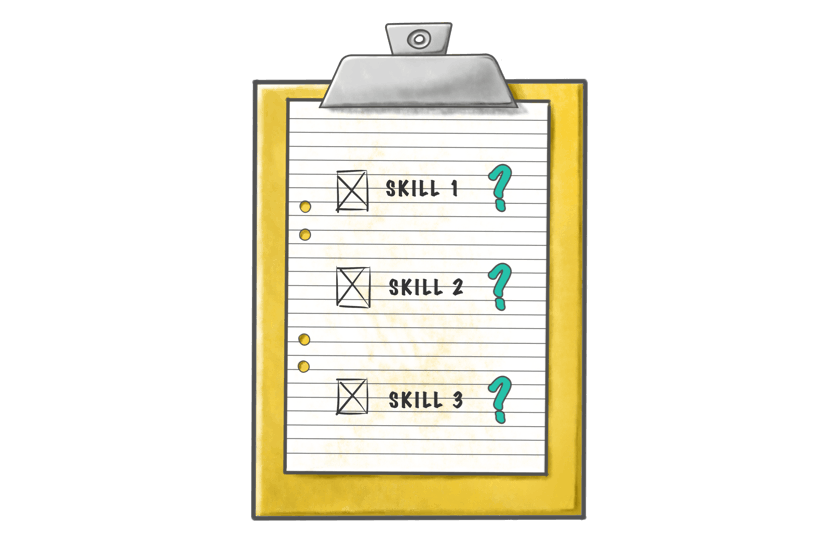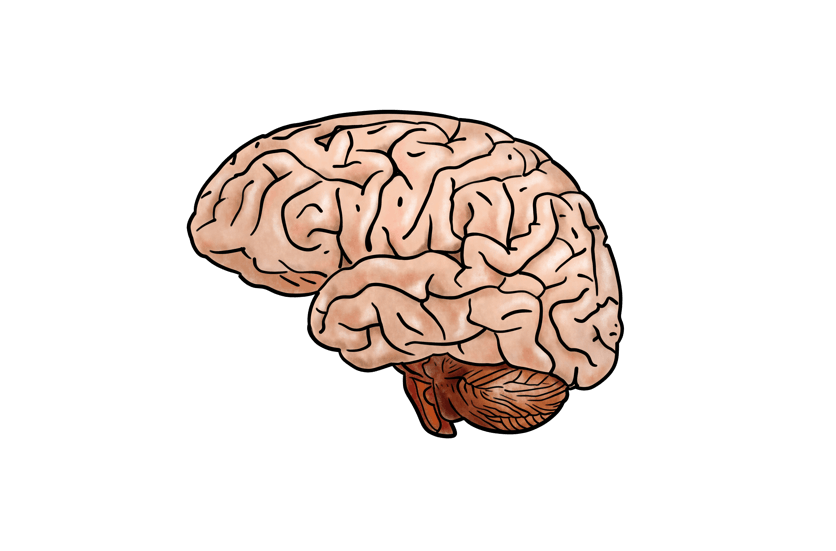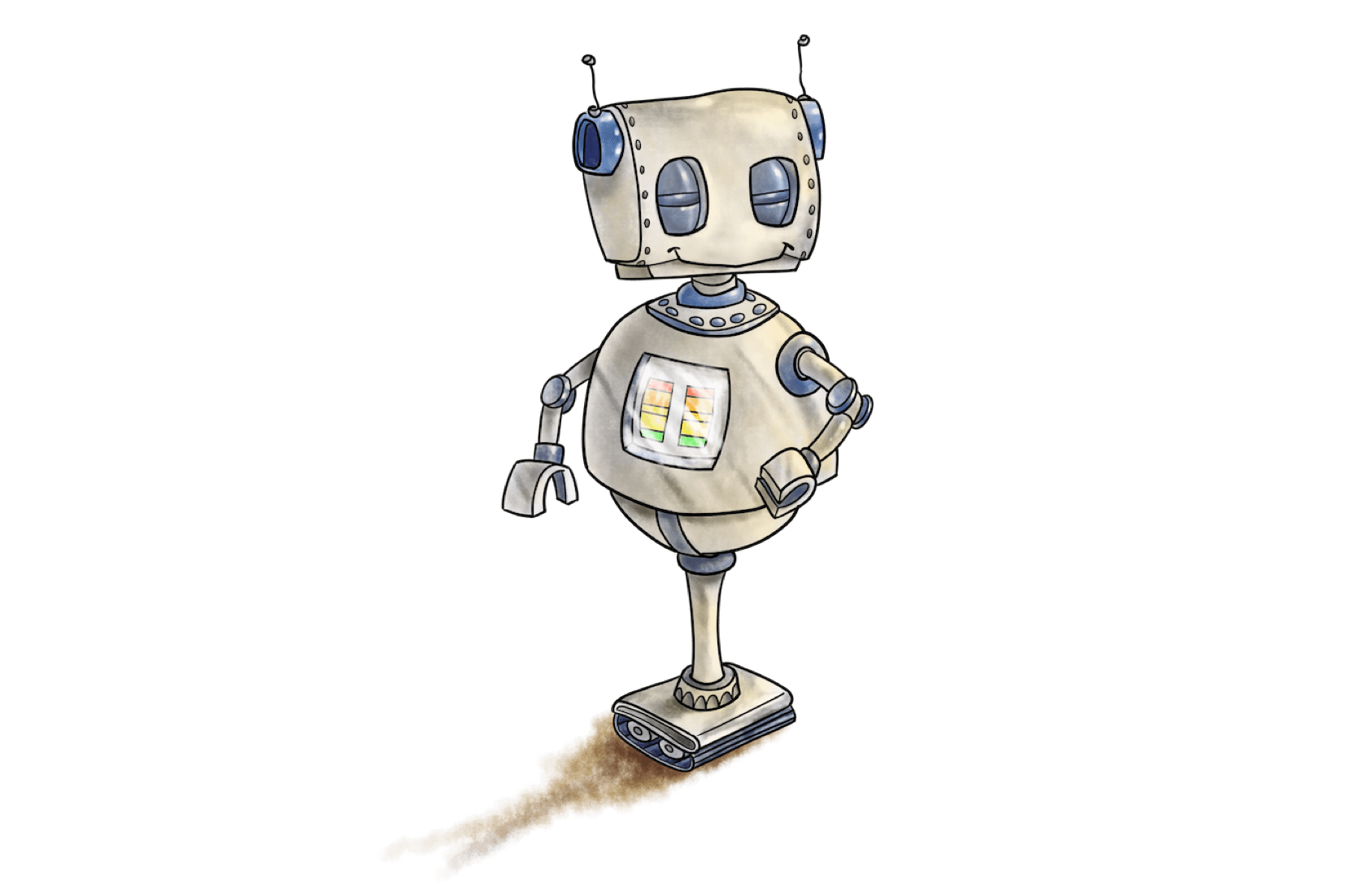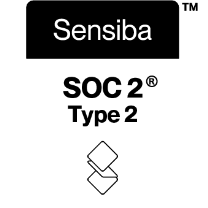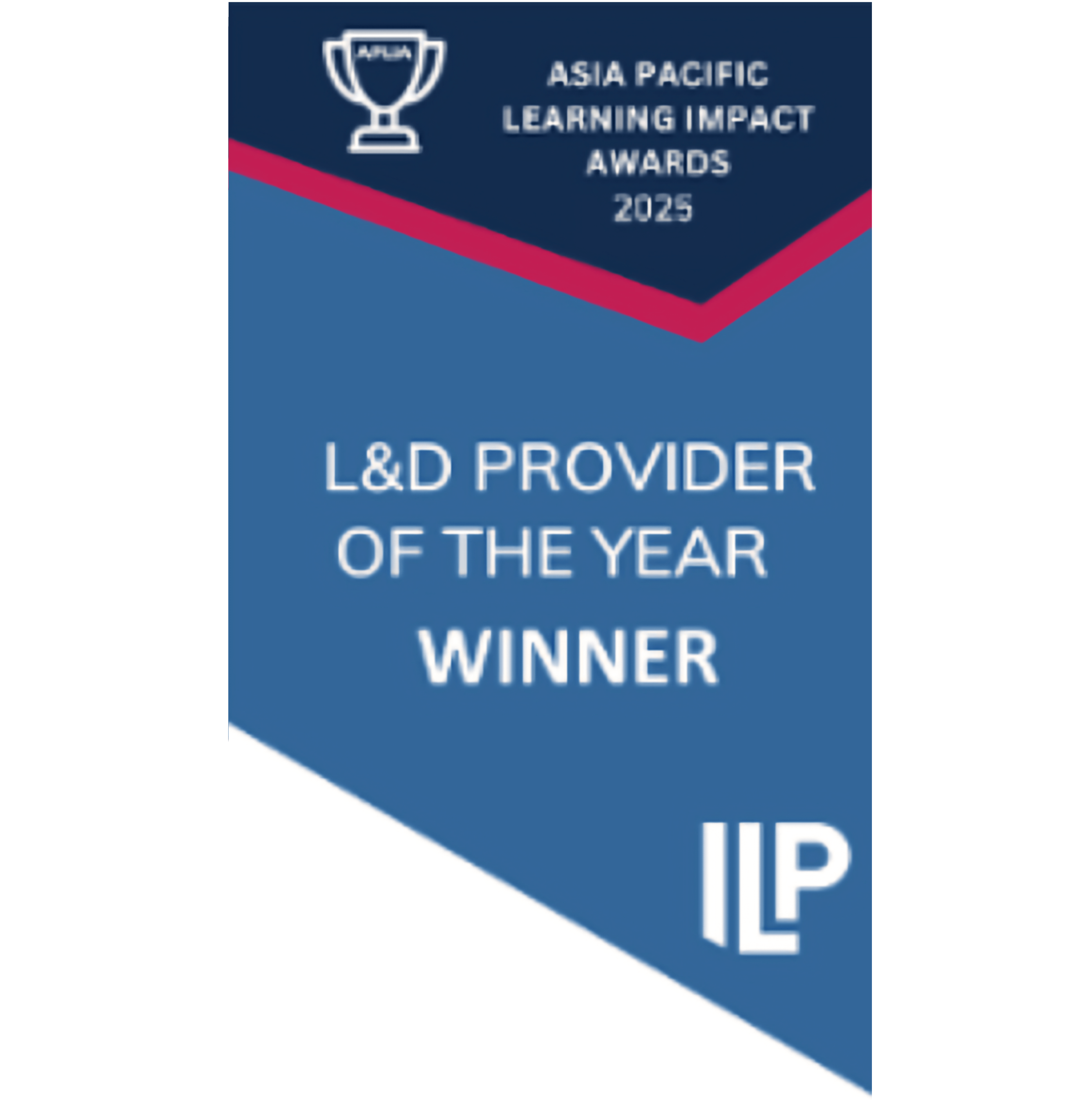
Earlier this year, Josh Bersin, global learning industry analyst, released his 2025 learning whitepaper: It’s Time for an L&D Revolution – The AI Era Arrives. It focused heavily on AI in learning, a topic on which Bersin is a keen advocate. I’m always interested in Bersin’s perspective; he’s well respected within the L&D industry and has carved out a formidable niche as a thought leader.
In saying that, bear in mind that Bersin works with and researches large, global enterprise-sized organisations with significant budgets, resources, and tech stacks. So his suggestions don’t necessarily fit 1:1 with organisations that don’t match that criteria. However, there are always insights to be drawn from his work.
2025 Whitepaper: ‘It’s Time for an L&D Revolution – The AI Era Arrives’
Summary
Bersin is a big fan of AI. He believes a shift is underway to AI-first learning, where AI generates and recommends learning that’s hyper-personalised. He sees this as offering significant benefits to organisations and learners alike. He comes across as more bullish with this perspective than other thought leaders in the L&D space, such as Donald Taylor. I briefly look at counter-perspectives to Bersin’s own at the end of this article.
Let’s hear what Bersin has to say!
Introduction
Bersin begins by describing the current lay of the land. He says that despite advancements in digital learning and the benefits it offers, only 15% of organisations experiment with new learning technology. He goes on to look at the mix of learning and delivery modalities and says that 41% of companies use blended learning and 26% use microlearning, yet the adoption of adaptive learning (3%), personalised learning (8%), and virtual reality (VR) and simulations (3%) remains low.
Why?
Bersin says it’s partly the corporate learning structure:
- L&D is still viewed as a static training function, utilising a course-based ‘publishing’ format that has remained unchanged for 30 years.
- Courses follow a mostly linear path.
- L&D is often viewed as a cost centre rather than a strategic enabler - this perception is reinforced by traditional Learning Management Systems (LMS) that primarily focus on compliance content.
- Complex, legacy learning platforms.
- Dated instructional design tools.
- Some L&D teams are larger than necessary with content creator roles.
- Poor system integration with other corporate systems.
This means that much of the high-value training has shifted out of L&D and into the business itself. Bersin says one positive change with AI is that L&D will take on a more employee-centric role and recover some ownership over training.
Legacy platforms
Bersin says LMSs were designed to manage compliance programs and now contain thousands of courses, videos, articles, and other resources. He says they were designed to operate independently of content, which means the platform itself can’t recognise what the content is about. So admins need to manually tag and label it, a time-intensive and laborious task.
He says the technology is outdated, and there are few large LMS vendors. Additionally, Private Equity (PE)-backed firms, such as Cornerstone, have acquired competitors, resulting in a lack of innovation and investment. At its core, the LMS is designed to track and manage content, not be easy to use.
Bersin believes the sheer volume of learning content gets in the way. So companies build custom journeys, learning paths and smart search tools to help their learners navigate their way through it all.
Bersin’s research suggests that organisations spend an average of USD$1,100 per employee on L&D annually – and more than 40% of that budget typically goes to external platforms, services, and content.
Legacy content
Bersin says most vendors build courses. These take time to create, are hard to update and lack actionable content. He believes learners don’t have time for this format, compared to a three-minute YouTube video and expect training content to be current and entertaining, like YouTube and TikTok.
AI-first learning
Enter AI-first learning! For Bersin, this means the LMS is replaced by a dynamic content-generation platform. It creates courses and experiences (including tutors, simulations, characters, and course assistants) and can manage and update content in minutes.
Learners can ask a question instead of taking a course. As an aside, this taps into Cathy Moore’s model of identifying what learners need to know, vs what can be a job aid. An approach we follow in our learning design process at Yarno.
New learning tech architecture
Bersin describes a shift from client/server, where the LMS stores content and serves it to learners. To a peer-to-peer architecture where each user has their own Large Language Model (LLM) in their device, which communicates with an AI Server to dynamically create content.
Bersin also talks about decentralising L&D, so it’s co-owned by the business and employees. Though this requires strong leadership, Bersin says, with a new type of Chief Learning Officer (CLO).
Strong alignment
Based on conversations we’ve had in our network this year, we see alignment with Bersin in that:
- AI will transform learning, to what extent remains to be seen.
- AI will encourage a greater focus on personalisation, which is a positive.
- GenAI will encourage efficiency in content creation, another positive we’re already seeing with our customers.
- Many organisations are discussing the future of the LMS and considering suggestions to move to more flexible, API-first models. System consolidation is a common talking point, though it will take time to be fully realised.
- There’s a greater focus on integrating various platforms in the tech stack to deliver learning and communicate with learners where they already are, e.g. Teams, Viva Engage. This is another consistent talking point and one we strongly encourage. Change management and clear learner communication are significant elements to platform engagement.
Weak alignment
Where we see weaker alignment with Bersin is:
- Scale of instructional designer reduction, Bersin claims a 70% reduction, but most organisations are still investing in people.
- LMS replacement vs. enhancement, while we’re definitely hearing this from organisations in our network, it’s probably at a slower rate than Bersin suggests. Many LMS customers are locked into contracts lasting 5 or 10 years!
- Content library obsolescence, there’s still a place for quality curated content alongside AI-generated.
- Complete operating model transformation, most organisations make incremental rather than wholesale changes.
- Concern about AI ethics and bias, Bersin doesn’t mention this, and organisations we’ve spoken with have told us it’s an important consideration, and risk appetite towards AI varies significantly.
Alternate perspectives
Knowing that Bersin is an advocate of technology, I think it’s helpful to consider alternative perspectives from other respected players in the space.
Donald Taylor, Chair of the Learning Technologies Conference (Europe's largest workplace learning event), offers a more measured perspective and advocates for:
- "AI-enhanced" rather than "AI-first" learning.
- Human-Centred Design, and emphasises that technology should augment human capability, not replace human judgement.
- A focus on what works today rather than future vision.
- Rigorous evaluation before wholesale adoption.
Taylor says "We need to be excited about AI's potential while remaining grounded in learning science and practical implementation realities".
At Yarno, we like to keep an open mind and approach all new technology from the basis of what the customer and learner need it will solve.






